After participating the VISIGRAPP 2024 conference in Rome in the beginning of March, I took the opportunity to travel to the Museo Internazionale della Memoria di Ferramonti di Tarsia, a concentration camp memorial located in the south of Italy, which is an associated partner in the MEMORISE project. My main contact for this partnership is Simona Celiberti. She was so kind and committed to joining MEMORISE that I felt it was important to visit Ferramonti, introduce our project more broadly and find out if we can support Simona and her colleagues in digital memory preservation and education. After being in touch for nearly three years, it was great meeting Simona at the entrance of the memorial.
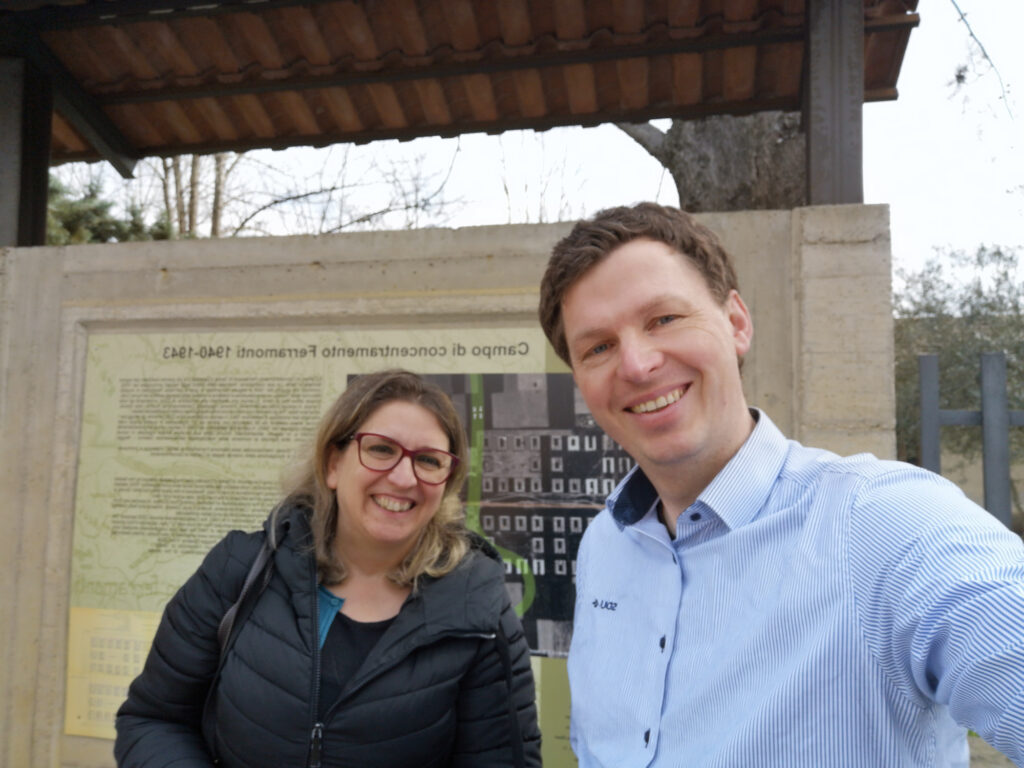
Simona and Stefan, 2 March 2024
Simona showed me the exhibition and told me a number of stories about the former camp and its inmates. In the 1960s, a motorway was build across the former campsite, separating the former guard area from the internment camp. Today, the memorial is spread across the preserved administration buildings in the former guard area, the former internment camp area is farming land with only a few wall remains. Ferramonti does not have digital interfaces visitors can interact with, but the tour with Simona showed me quickly that MEMORISE has the capability to create a sophisticated digital solution that would bring together all the knowledge about the memorial. What if we reconstruct the entire former campspace digitally in 3D to enable telling the stories about inmates that are currently told in “the wrong” guard area? Can such a tool help educators to convey Ferramonti’s history more appropriately? By enhancing the existing exhibition with a 3D digital version, will visitors get a better understanding of the theme?
One of the reasons for the many stories about Ferramonti is that the commander apparently tried to support inmates in having a good life, e.g., conducting cultural events such as sports tournaments, concerts and theater plays was supported, religious customs could be carried out and photographs could be taken on the campground. When creating a 3D version of Ferramonti, we would be able to draw from a huge set of materials.
After Simona introduced the memorial, we drove to the Tarsia cemetary, where 13 Ferramonti inmates were buried in the 1940s. Four of the graves are still accessible, and a memorial plaque has been erected for the others.
After a “thank you and see you soon” to Simona, I traveled back to Denmark making a plan for Ferramonti 3D and thinking about the research team for a follow-up visit. So, here we are again in Ferramonti, roughly six weeks later in the mid of April with a team of five researchers in total. I took an obligatory selfie with Simona to show that it was now sunny and much warmer 🙂

Simona and Stefan, 12 April 2024
I was mainly responsible for planning our April trip to Ferramonti and organizing onsite activities, and I wanted to collect some data for my Master student Johanne, who works on a visualization prototype to connect visual with written testimonies. For creating a 3D model of Ferramonti and collecting its stories, I was accompanied by Jakob, Kasper, Gunnhild and Chris, who will report their experiences gained from April 11 to 14.

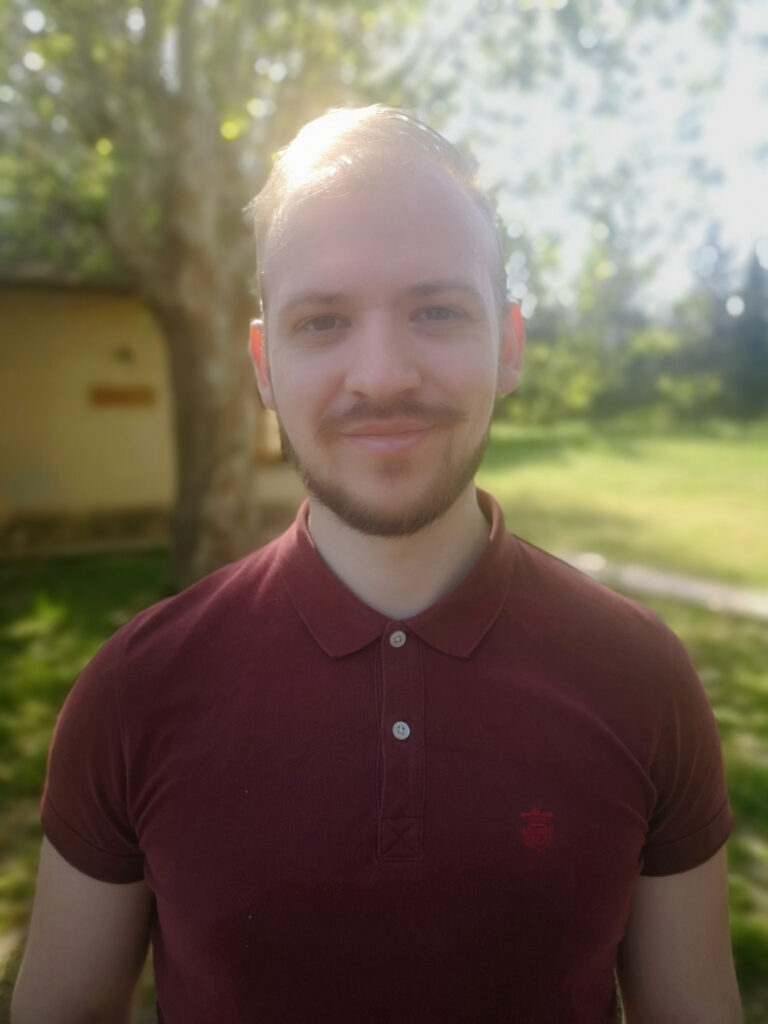




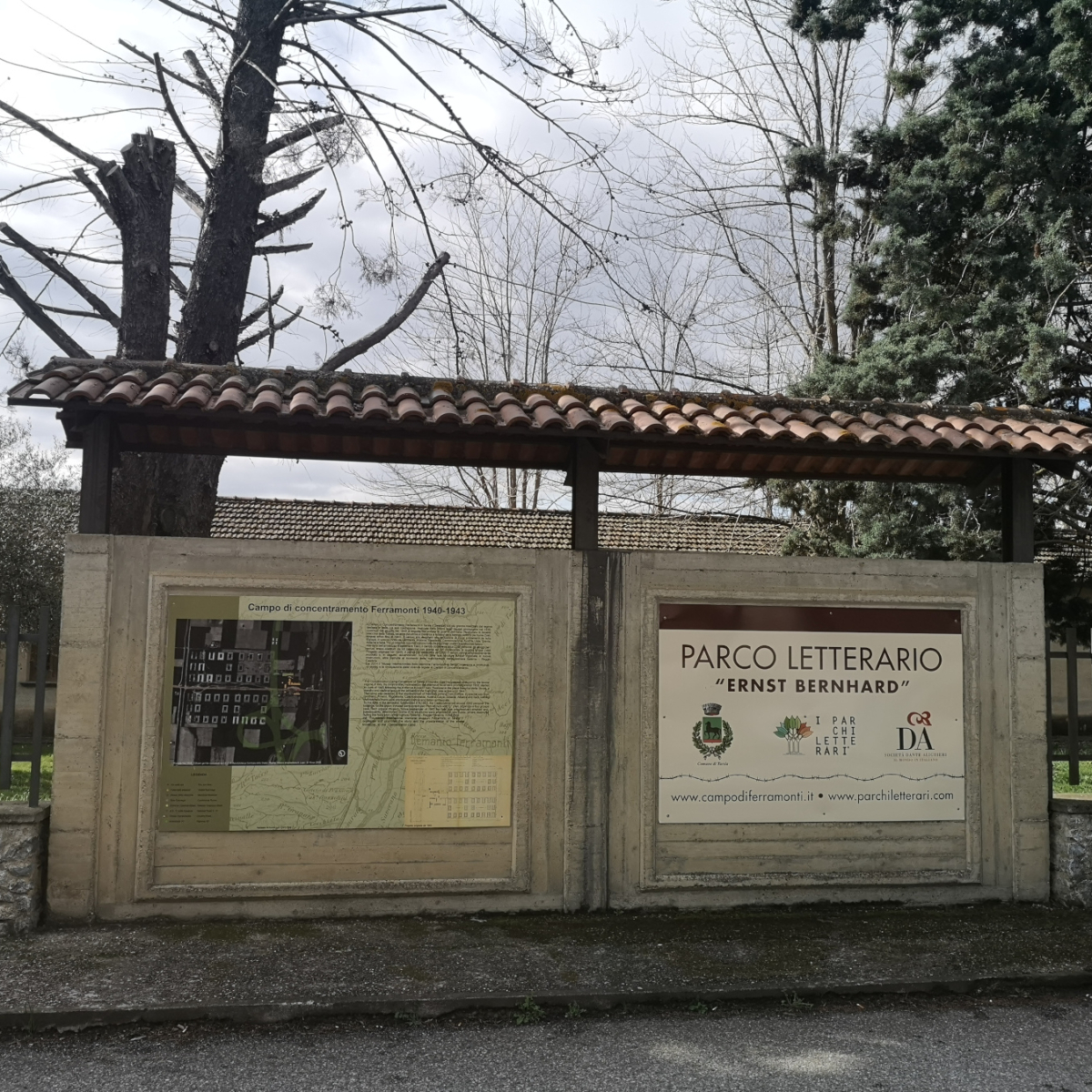
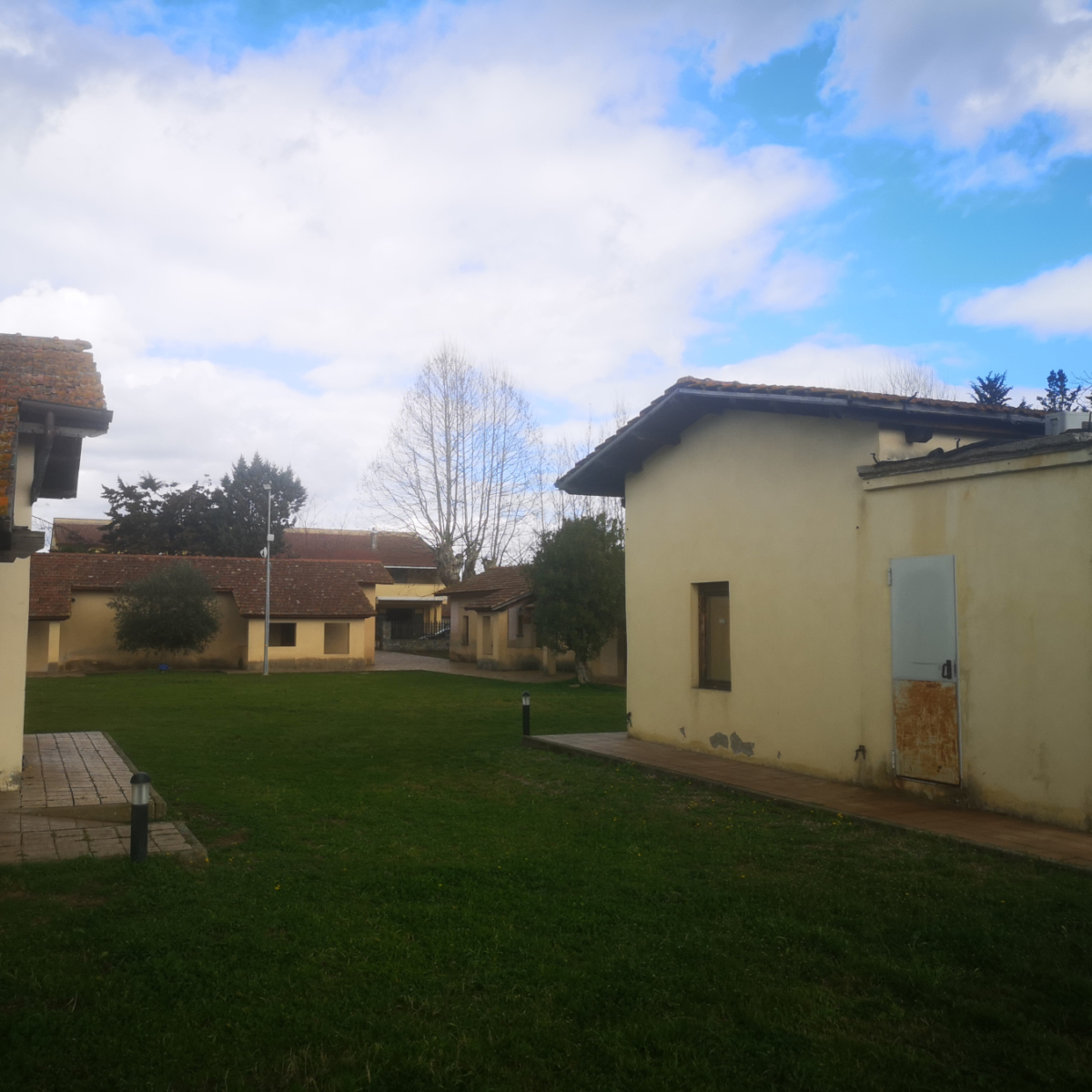
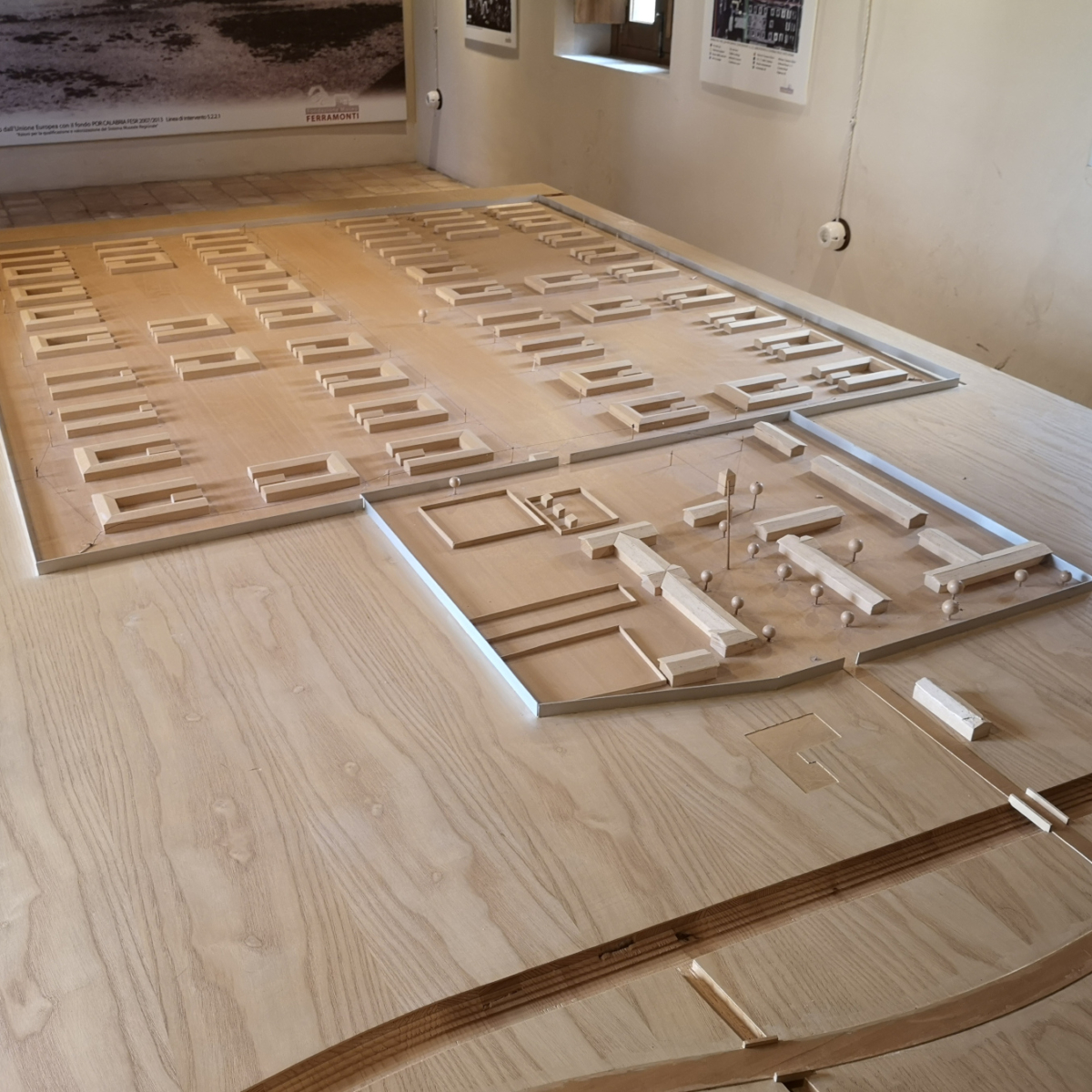
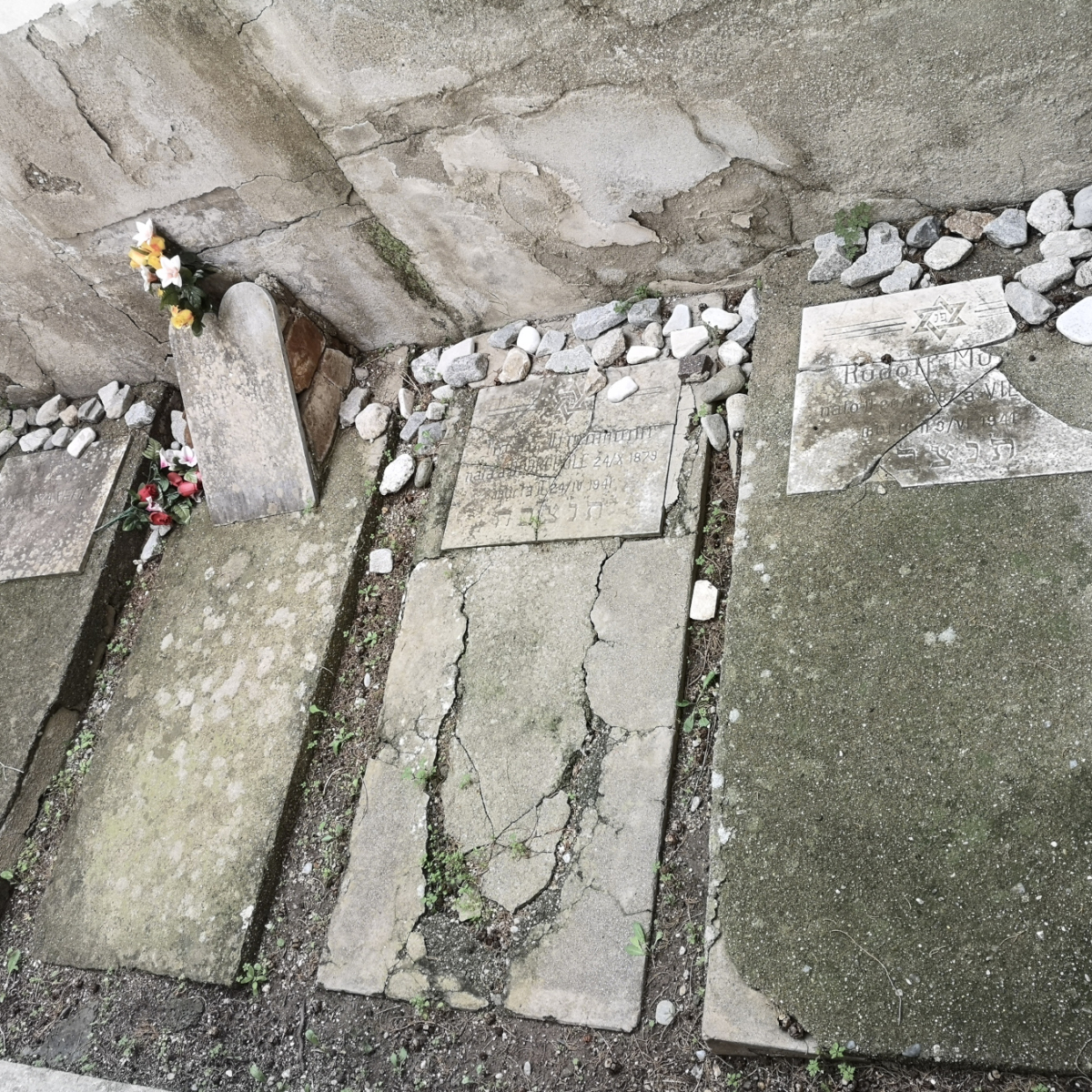
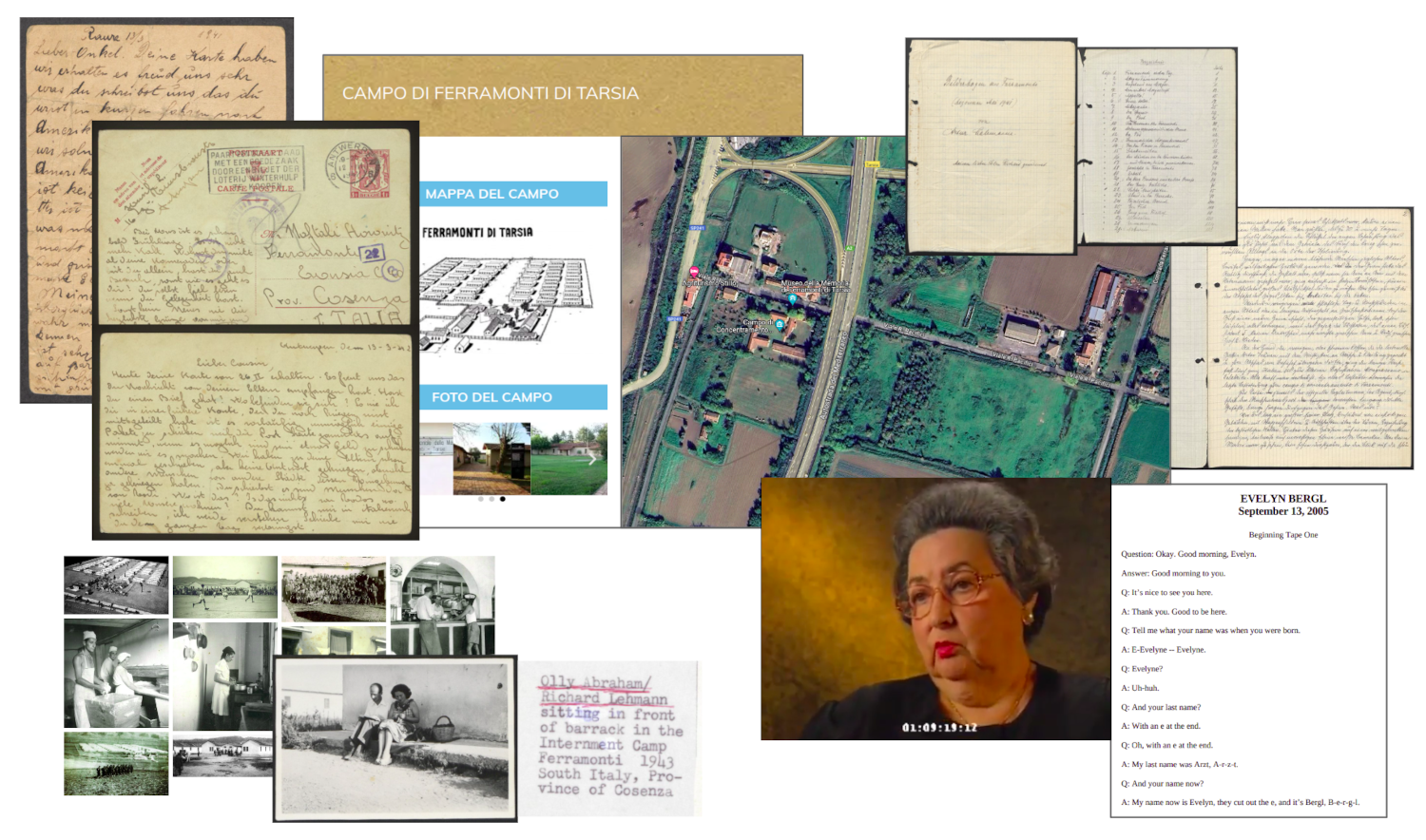
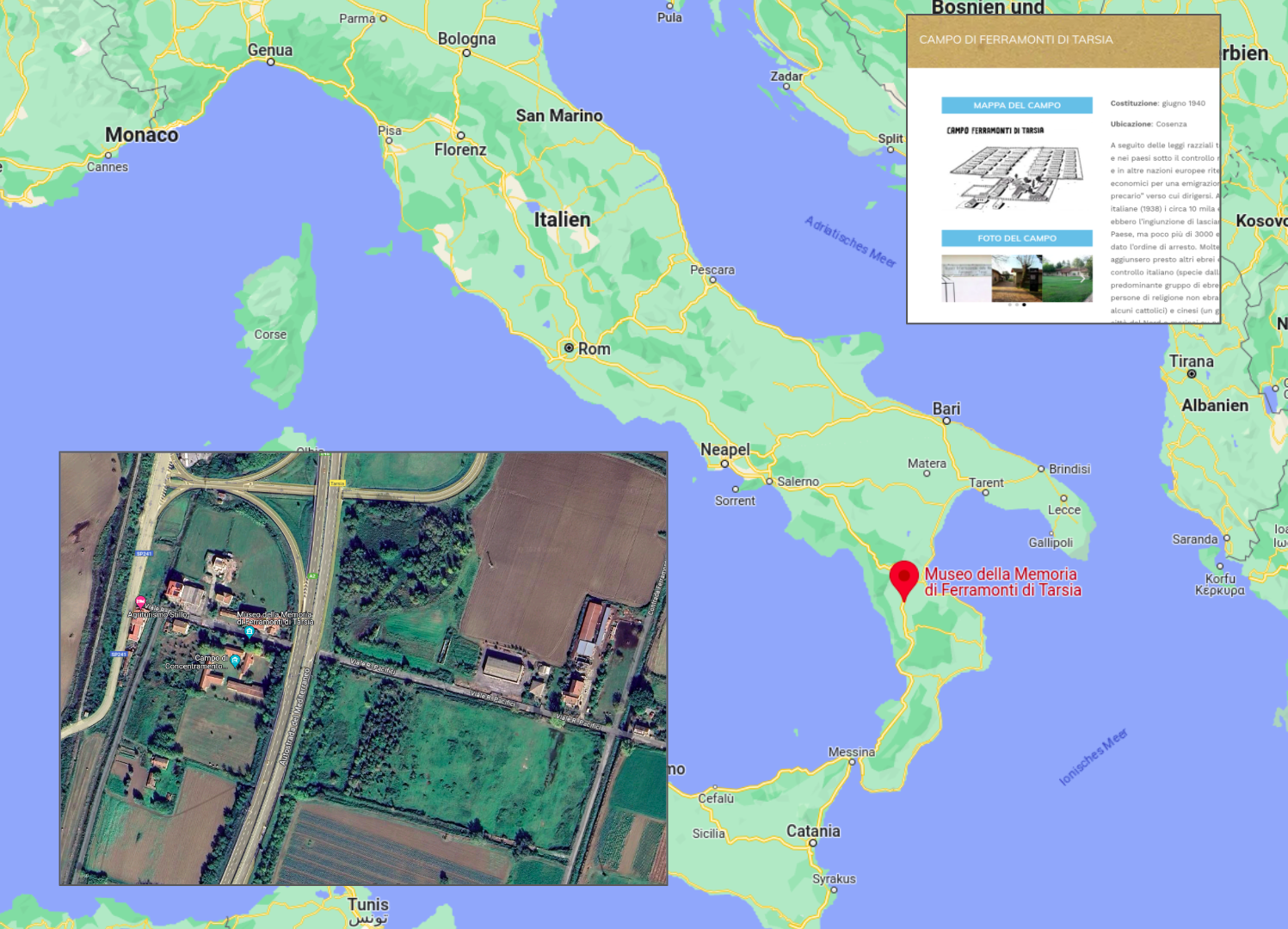

No responses yet